The best wild swimming spots: find the perfect place to take the plunge near you
Everything you need to know to discover the best places to go wild swimming close to home

Unless you’ve been living under a rock, you’ll have noticed the rise and rise of wild swimming in recent years - a pastime simply known as ‘swimming’ to those who grew up mucking about in their local lakes and rivers.
But how do you find the best wild swimming spots near you? And how do you know whether it's safe to swim there? Read on to get the low down.
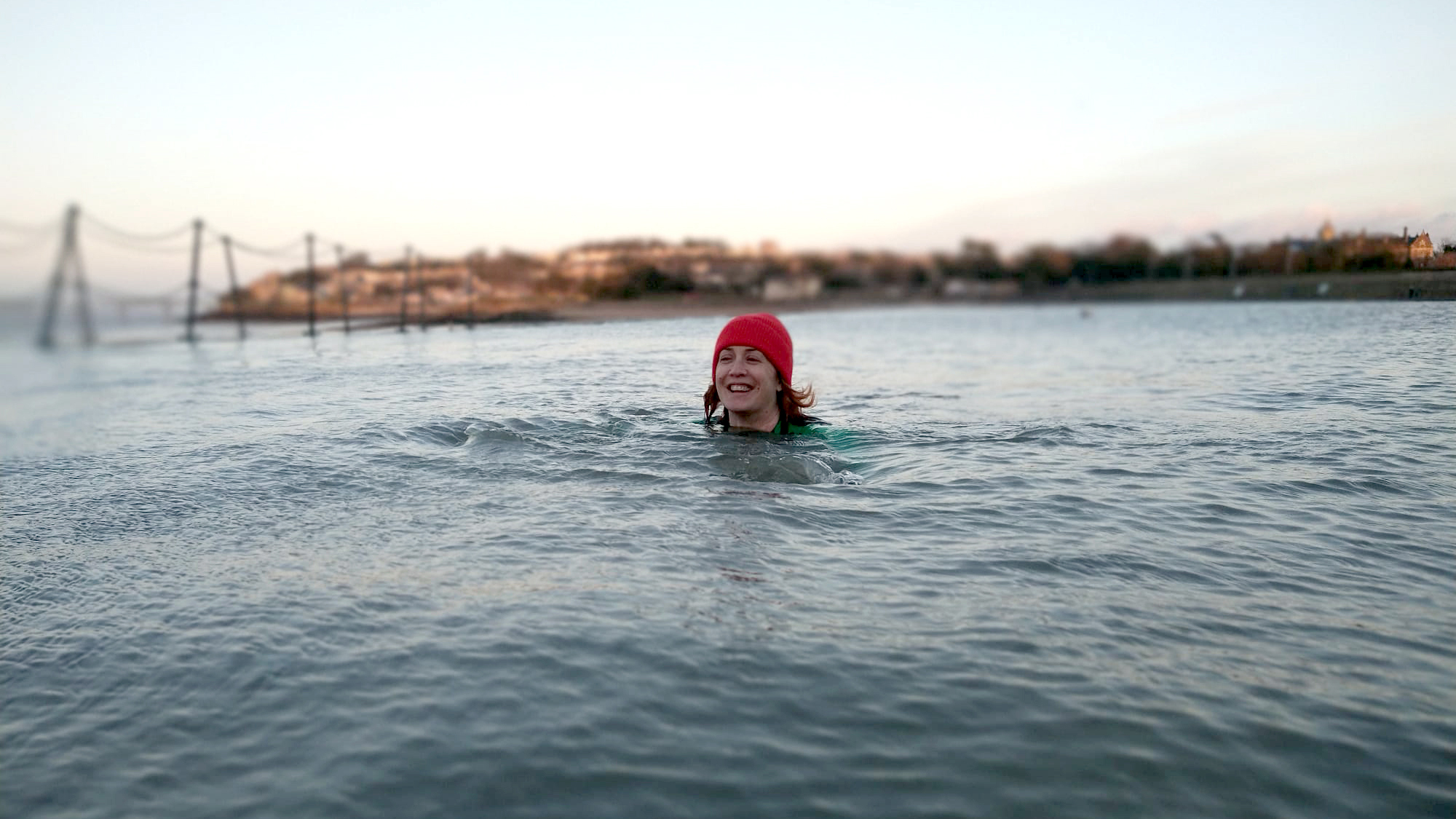
Choose the middle path
Before you embark on your first wild swimming adventure it’s worth considering a kind of halfway house. If you’re near the coast you may have a handy tidal pool nearby. Alternatively, look for a local diving center or triathlon center - they may have scheduled times for open water swimming.
These centers give you a chance to test your open water swimming skills and cold water tolerance in a more controlled environment, usually with some kind of safety coverage, while still letting you enjoy swimming somewhere that feels a bit off the beaten track.
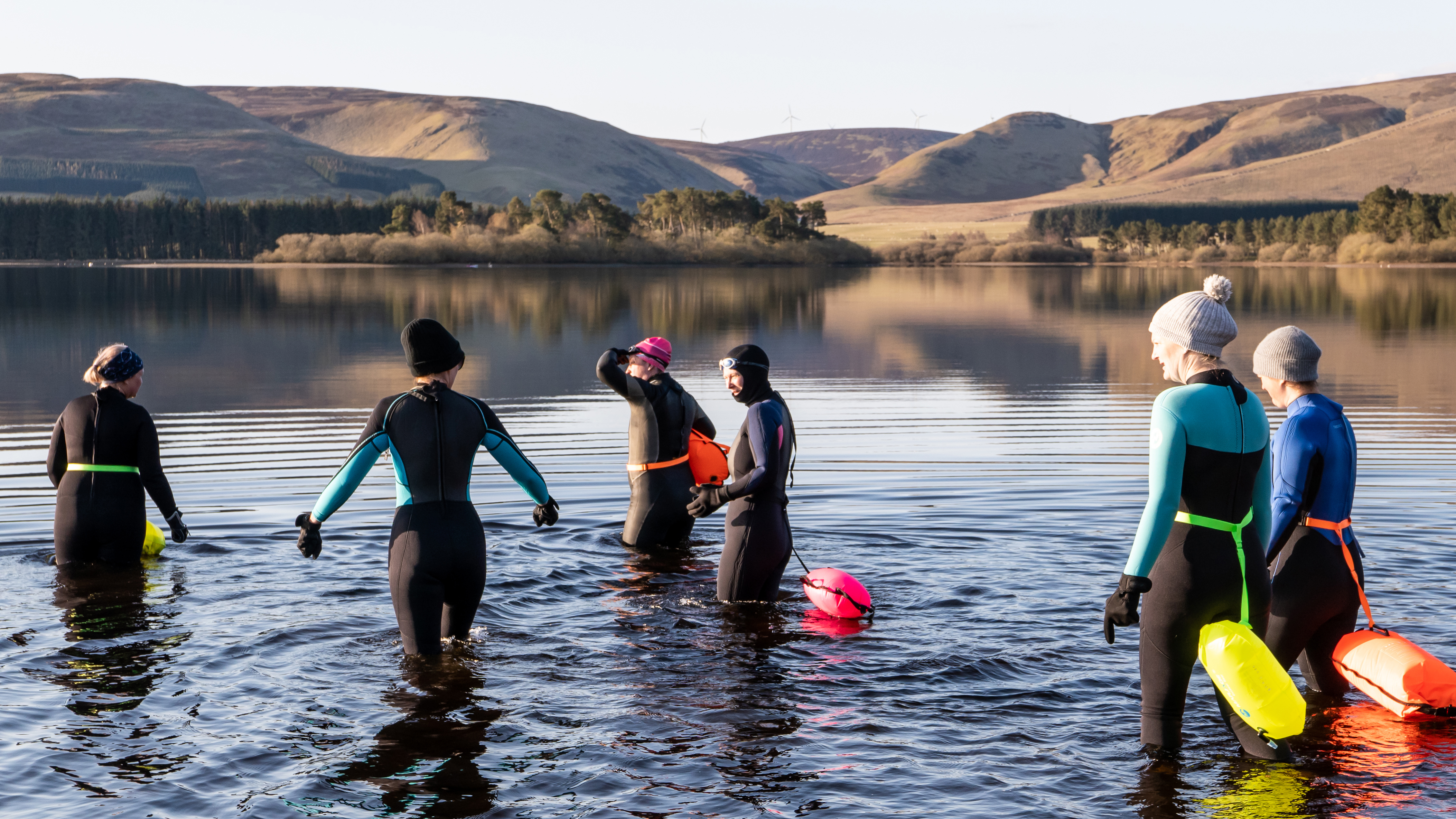
Where are the best wild swimming spots in the UK?
Your safest bet for finding the best wild swim spots in the British Isles is to buy one of the many books dedicated to revealing them. Wild Swimming, by Daniel Start, is a bestseller and the obvious first choice. However, it’s more than 10 years old, so it’s worth doing some local research to make sure the place you’re heading to is still accessible and swimmable. There are plenty of local wild swimming groups in the UK hosted on Facebook, so this is a good way to find a community of like minded local swimmers, and make sure your info is up to date. Or check the Outdoor Swimming Society's guide to UK wild swimming groups.
If you’re interested in swimming in some of the more popular regions of the UK for outdoor pursuits, there’s a good chance there’s already a wild swimming book dedicated to it. Wild Things Publishing, the team behind Start’s original book, have now released a range of wild swimming regional guides, many of which include swim-walk/hike combinations.
Make sure you know how to stay safe in open water before you wade in. You should also consider what you're going to wear - find all the answers you need in our guide to the best wild swimming gear. Our guide to the best changing robes will help you invest wisely in these sometimes-pricey bits of kit.
All the latest inspiration, tips and guides to help you plan your next Advnture!
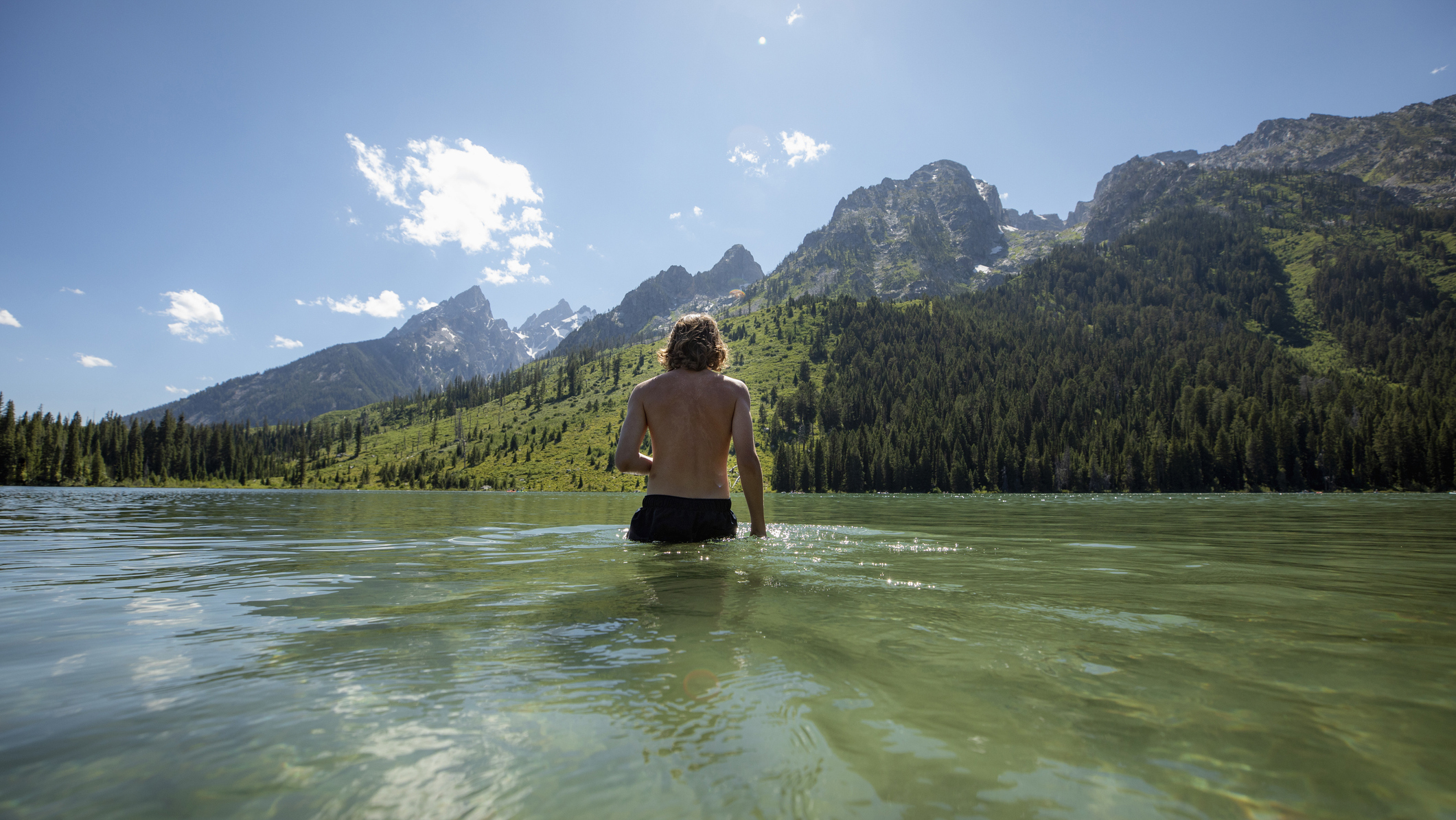
Where can I go wild swimming in the States?
For swimmers in the US, there are extra considerations before going exploring, as some parts of the country host wildlife that can be dangerous to swimmers, and there’s also plenty of wild water too that isn’t safe to swim in.
Before wading in, make sure you’re informed about the potential risks. There’s no equivalent group to the Outdoor Swimming Society in the States, but you can post in the Open Water Swimming Facebook group, which has more than 35,000 members worldwide and ask for leads for local swimming groups, who should be able to tell you where it’s possible to swim safely, and where to avoid.
If you are exploring one of the National Parks, make sure you abide by all the regulations that govern that space. Often there will be restrictions on where you're allowed to swim. These rules are there for your own safety - just because somewhere looks inviting doesn't mean it's a good idea to swim there!

How do I know whether it's safe to swim?
Wherever you live, once you've found somewhere to go wild swimming near you, you still need to check whether it's safe. Local wildlife and National Parks rules aside, there are still other things to consider.
Rivers change throughout the year and may have fast running currents, lakes can become swamped with blue green algae, and tidal pools that are heavily used can sometimes have dangerous levels of e.coli and other bacteria. Sewage companies also have a nasty habit of discharging waste water into rivers when it's raining. If in doubt, talk to other local swimmers and check out our guide to how to stay safe in open water too.
Most swimming spots are thankfully free of alligators, bears, and poisonous fish. If you’re swimming at a beach you definitely need to know how to spot a rip current. But otherwise the most common risk to swimmers is poor water quality. Private water companies have taken a lot of heat recently for dumping sewage and wastewater into rivers, lakes, and even the ocean, leaving popular swimming spots drowning in dangerous bacteria. In the UK, Surfers Against Sewage have a live map that gives updates on water quality, and some local swim groups carry out their own monitoring. In the States you can use the How’s My Waterway interactive map to check data about local water quality.
However, even without these tools to hand, some common sense will help you. Is the water clear and free running? Are other people swimming? Are there any official signs telling you it’s unsafe to swim there?
If you do want to swim somewhere and aren’t 100% sure how clean the water is, the golden rule is not to put your face or ears under the water, as the easiest way for something nasty to get into your system is through your mouth, eyes, or ears.
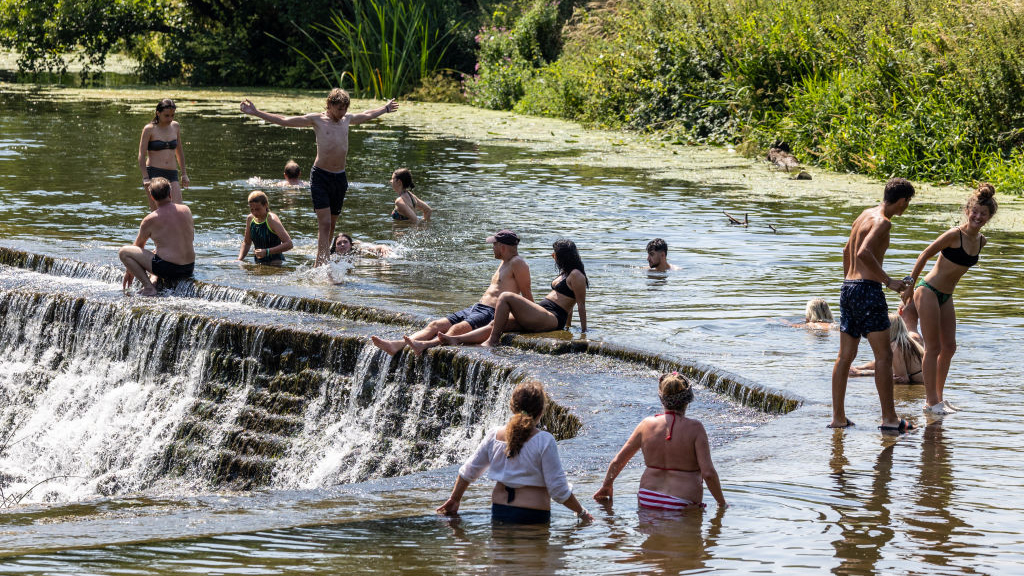
Why has wild swimming become so popular?
Although interest had been steadily growing ever since the 2000 publication of Roger Deakin’s Waterlog - a book that evocatively covered the writer’s epic swimming journey across Britain, interest really took off during the Covid pandemic, when people were confined to their local area for the first time in their lives. With millions forced to find interesting things to do within spitting distance, wild swimming saw a huge surge and, while most people have been able to go back to some semblance of their former lives, for many their interest in wild swimming has stayed.
Covid also saw a negative impact on wild swimming spots, as many became overcrowded, or suffered the impact of people who didn’t follow the ‘leave no trace’ rule. Things got so bad that in 2020 the Outdoor Swimming Society took down its online Wild Swim Map, a crowdsourced interactive map first started in 2006 that had stretched beyond British boundaries to include global locations as well. It has never been reinstated.
While it would be a stretch to say we’re ‘post-Covid’, lockdowns are mostly a distant memory and many swim spots are no longer overrun. So there's no reason not to get out and explore!
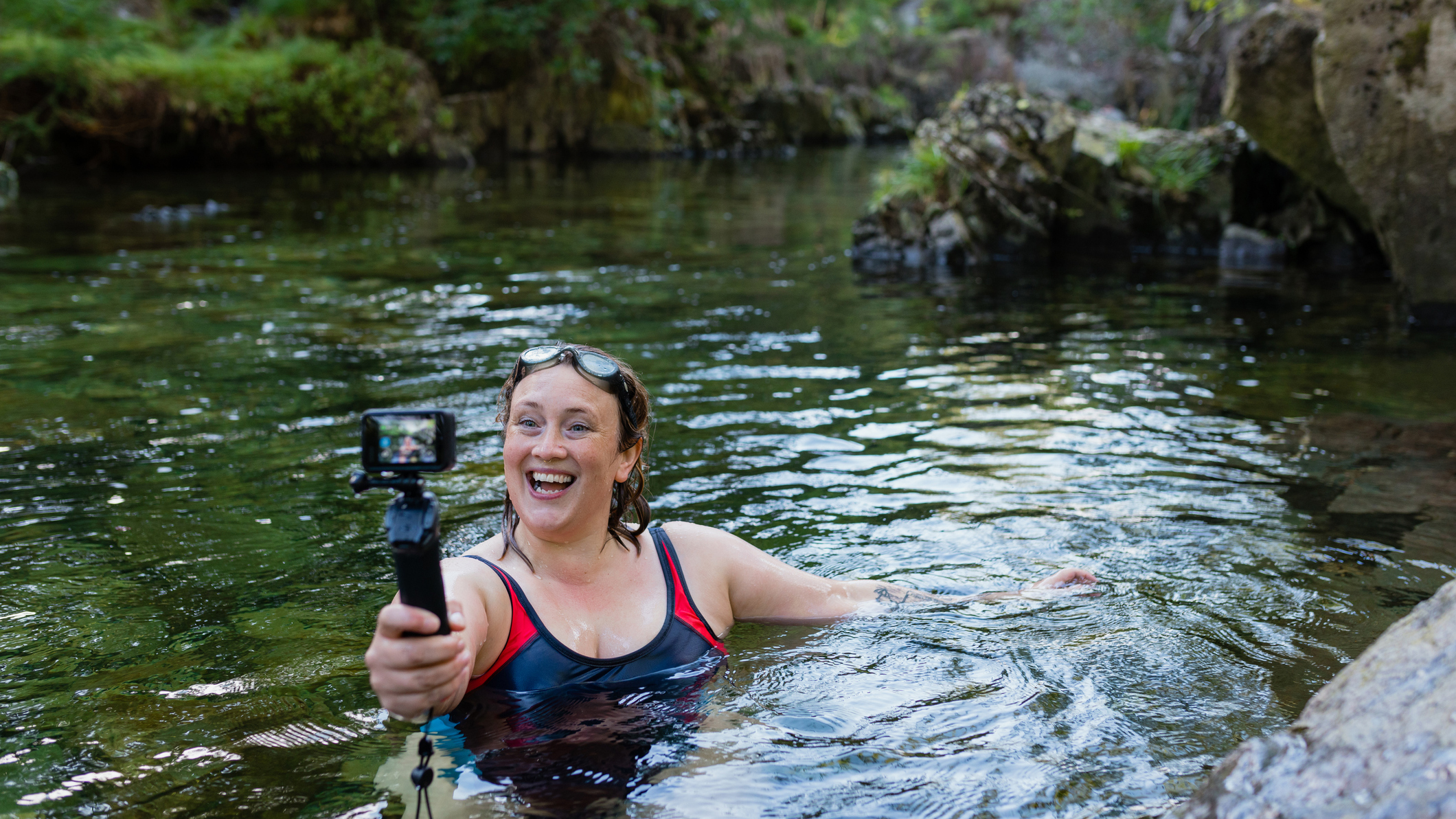
To post or not to post
While it’s almost instinctive now to post about our lives on social media, if you share all the details of your favorite semi-secret swim spot on Instagram, you’re potentially drawing new people to a place that may not be able to handle lots of visitors.
This isn’t about gatekeeping for the sake of it - after all, unless you’re very lucky, you won’t just stumble upon these spots yourself. Someone else will help you find them. But the more people who know about them, the more risk they are at of becoming overcrowded again. So think twice before you post…
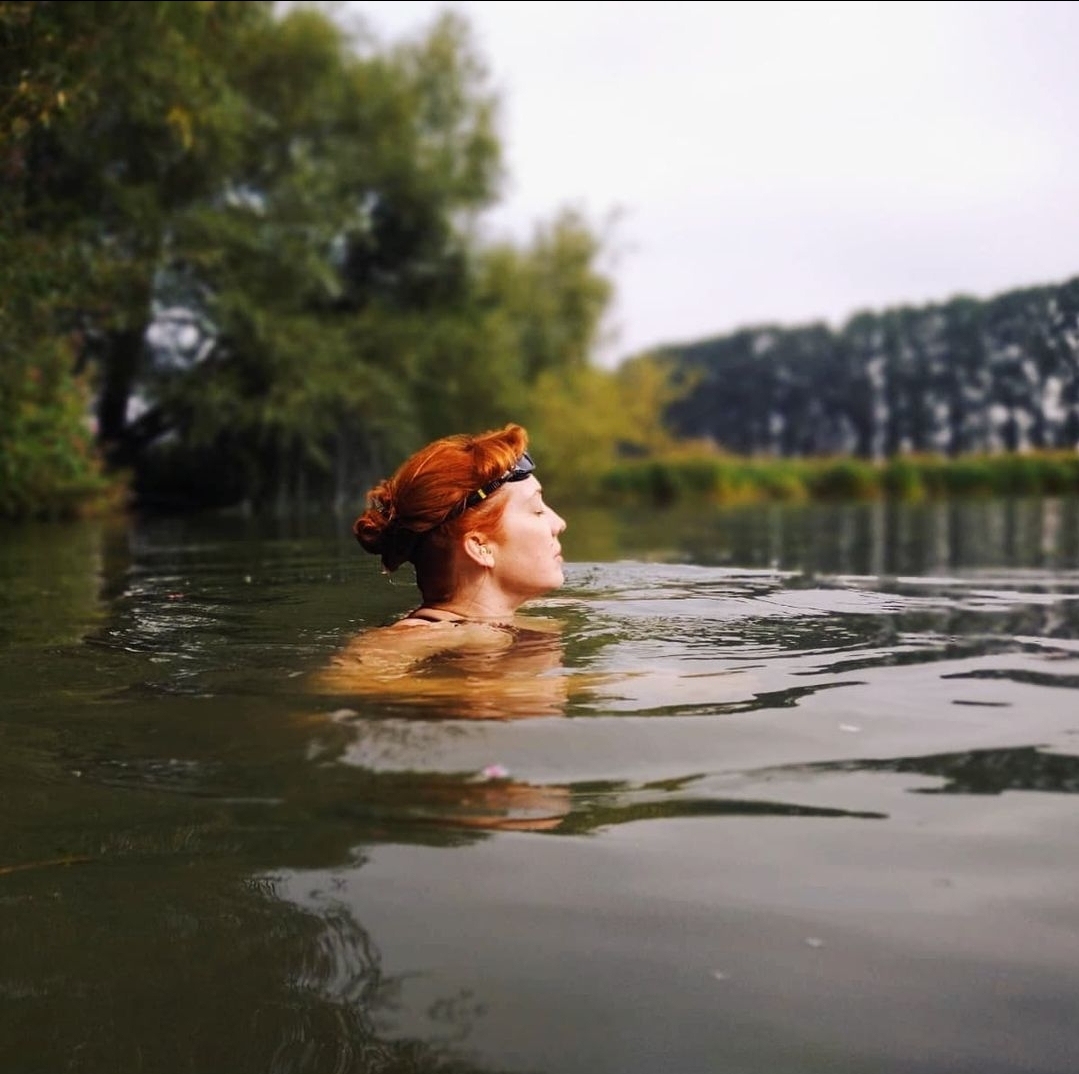
Rosee Woodland developed a taste for adventure at a young age, growing up in a home where camping was the default holiday, and good weather was a vacation bonus rather than a necessity. After bike-packing the length of France in her mid teens with her family, she started to undertake solo forays in her 20s, usually without the benefit of much technical gear at all. Happily, the years she later spent as a mountain biking journalist eventually gave her an appreciation of decent kit! These days she loves a water-based adventure, and is an outdoor swim coach, and a keen free diver. She has a soft spot for Northern Ireland's Mourne mountains, and can also be found hiking and kayaking in Pembrokeshire and the South West of the UK.
